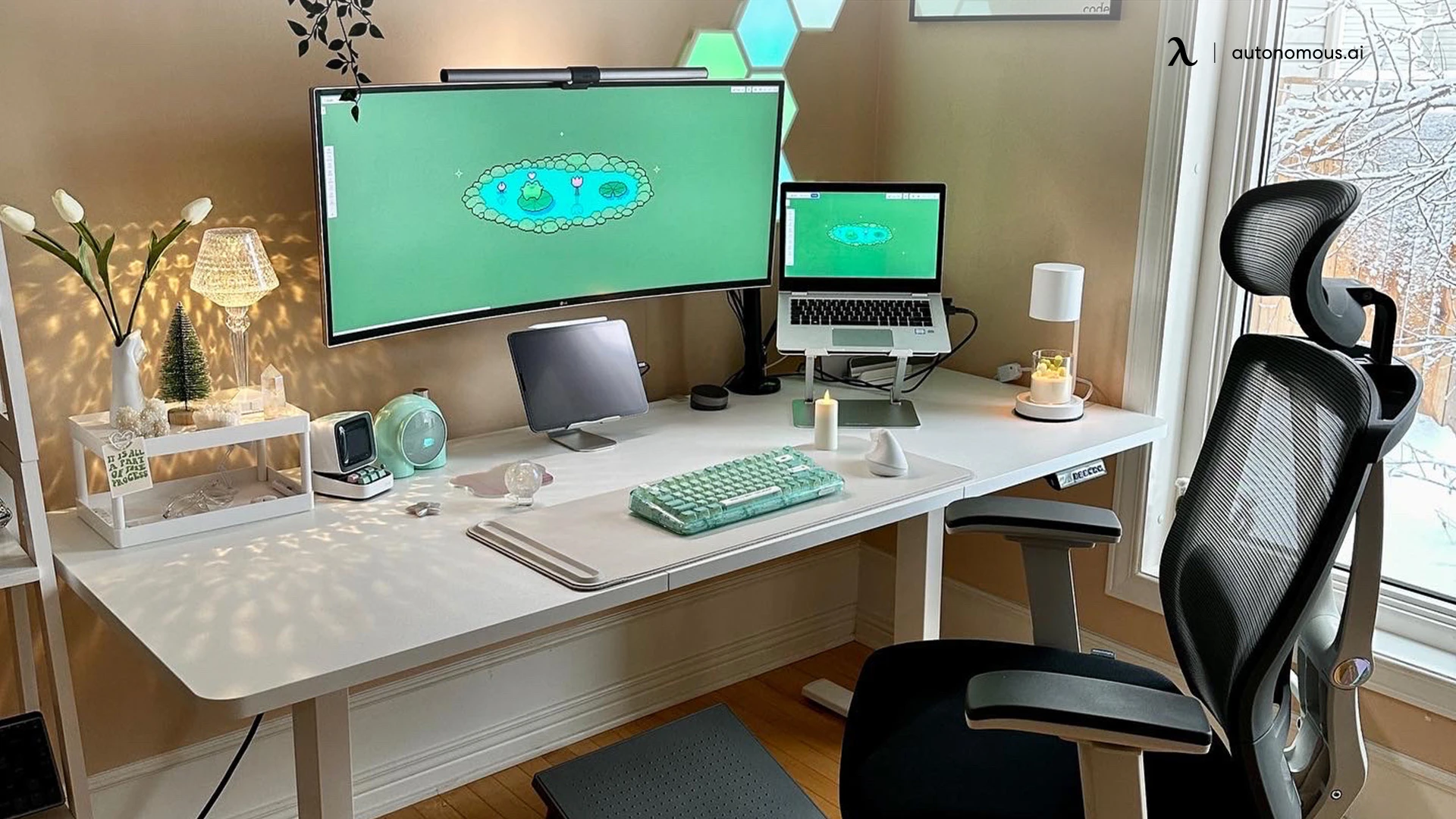- Newest
- Most viewed
Interested in a Link Placement?
.webp)
15 Christmas Gifts Under $50 That Feel Like a Big Deal
These are the Christmas gift under $50 picks people actually use and love - comfy upgrades, small tech, and desk essentials that don’t feel cheap.
Latest Updates | Dec 3, 2025 549 views

15 Christmas Gifts Under $25 We’d Happily Give Anyone
Latest Updates | Dec 2, 2025 952 views

How to Play the Christmas Gift Exchange Game With Dice
Latest Updates | Dec 2, 2025 289 views

After Christmas Furniture Sales 2025: Save On Top Deals
Latest Updates | Dec 1, 2025 509 views

Robotics Beyond the Textbook: Empowering STEM Education with Sim-to-real
Latest Updates | Dec 1, 2025 415 views

Autonomous Desk 2 vs Desk 5: Which Should You Choose?
Smart Products | Nov 27, 2025 547 views

Best Family Christmas Gift Ideas 2025 Everyone Will Love
Latest Updates | Nov 26, 2025 644 views

Christmas Gift Rules: Simple Systems That Work in 2025
Latest Updates | Nov 26, 2025 209 views

15 Best Fitness Gifts to Crush Health Goals This Christmas
Latest Updates | Nov 26, 2025 540 views

Top 10 3D-Printed Christmas Gifts for Everyone
Latest Updates | Nov 26, 2025 588 views

Best Couples Christmas Gift Ideas for Every Relationship
Latest Updates | Nov 25, 2025 1,163 views
.webp)
Battlefield 6 Review - A New Era of Combat and Chaos
Gaming Setup | Nov 24, 2025 637 views
.svg)
